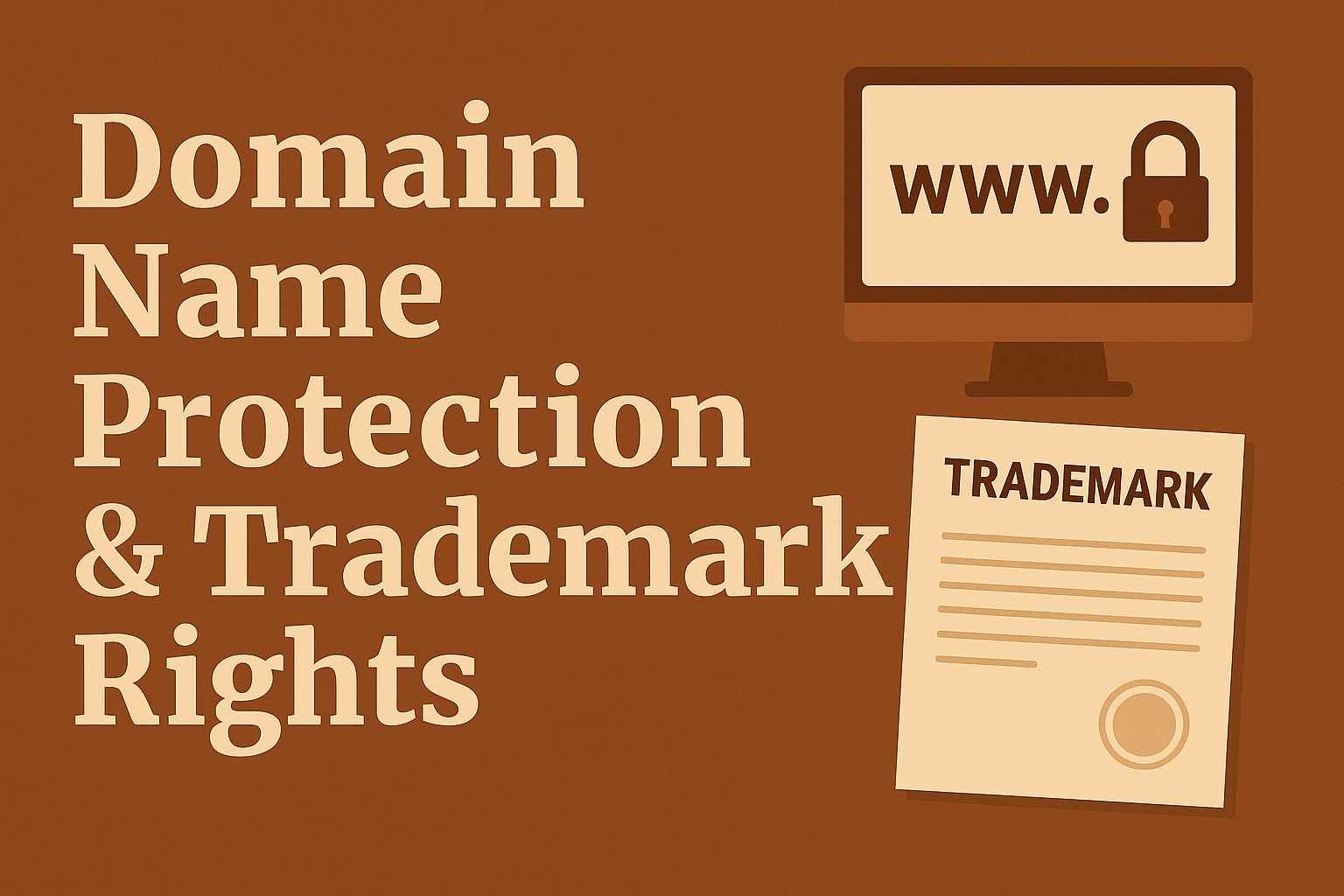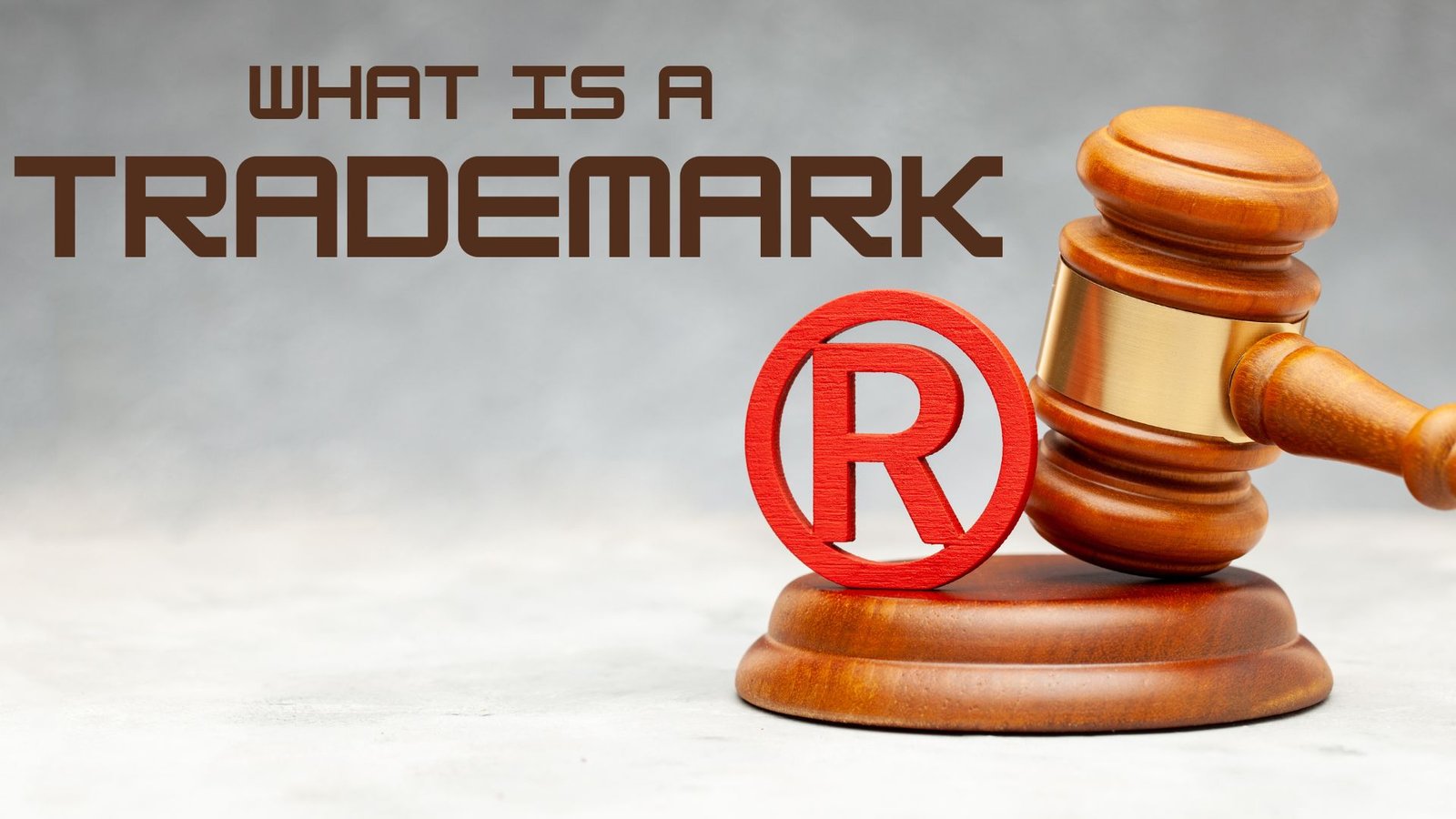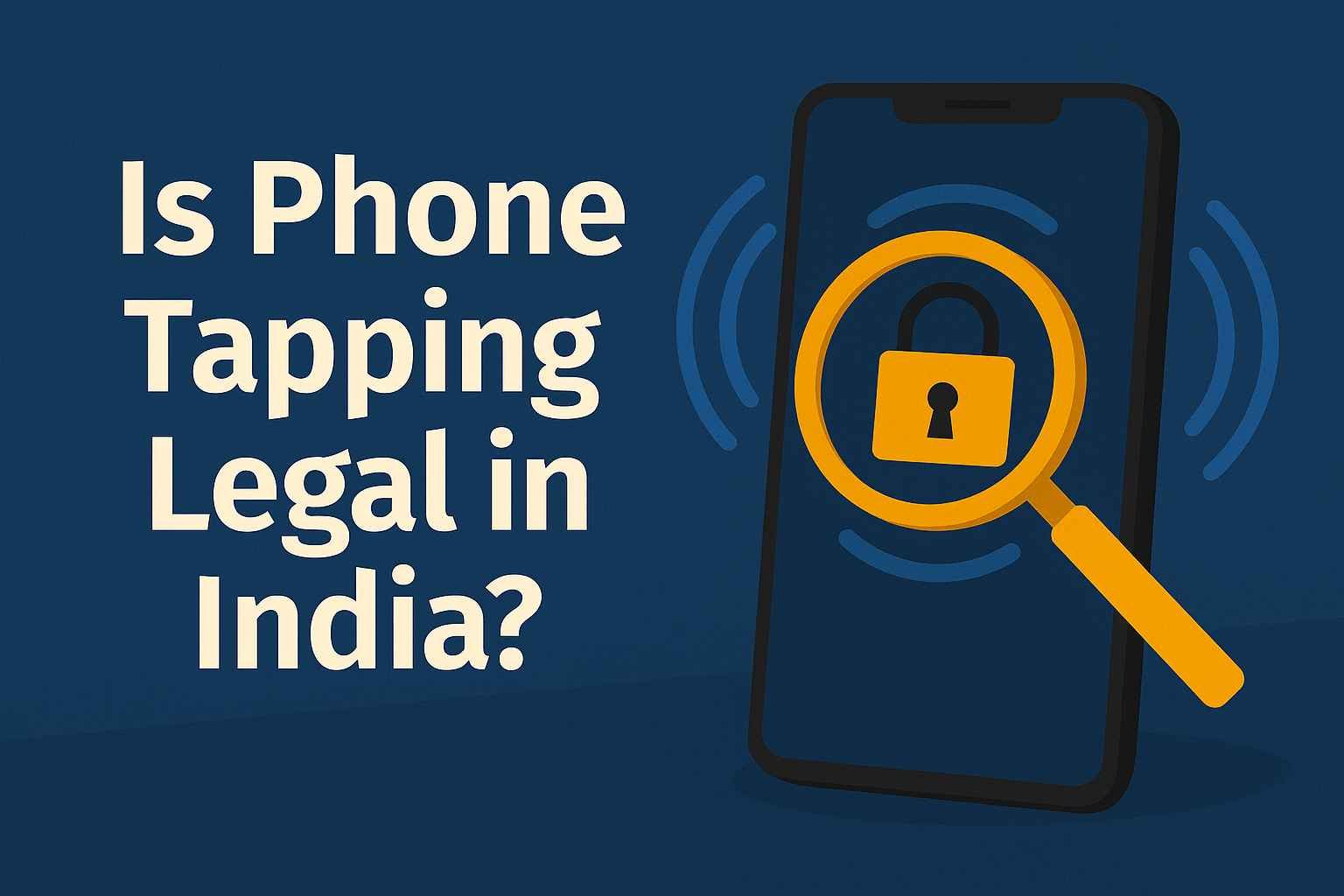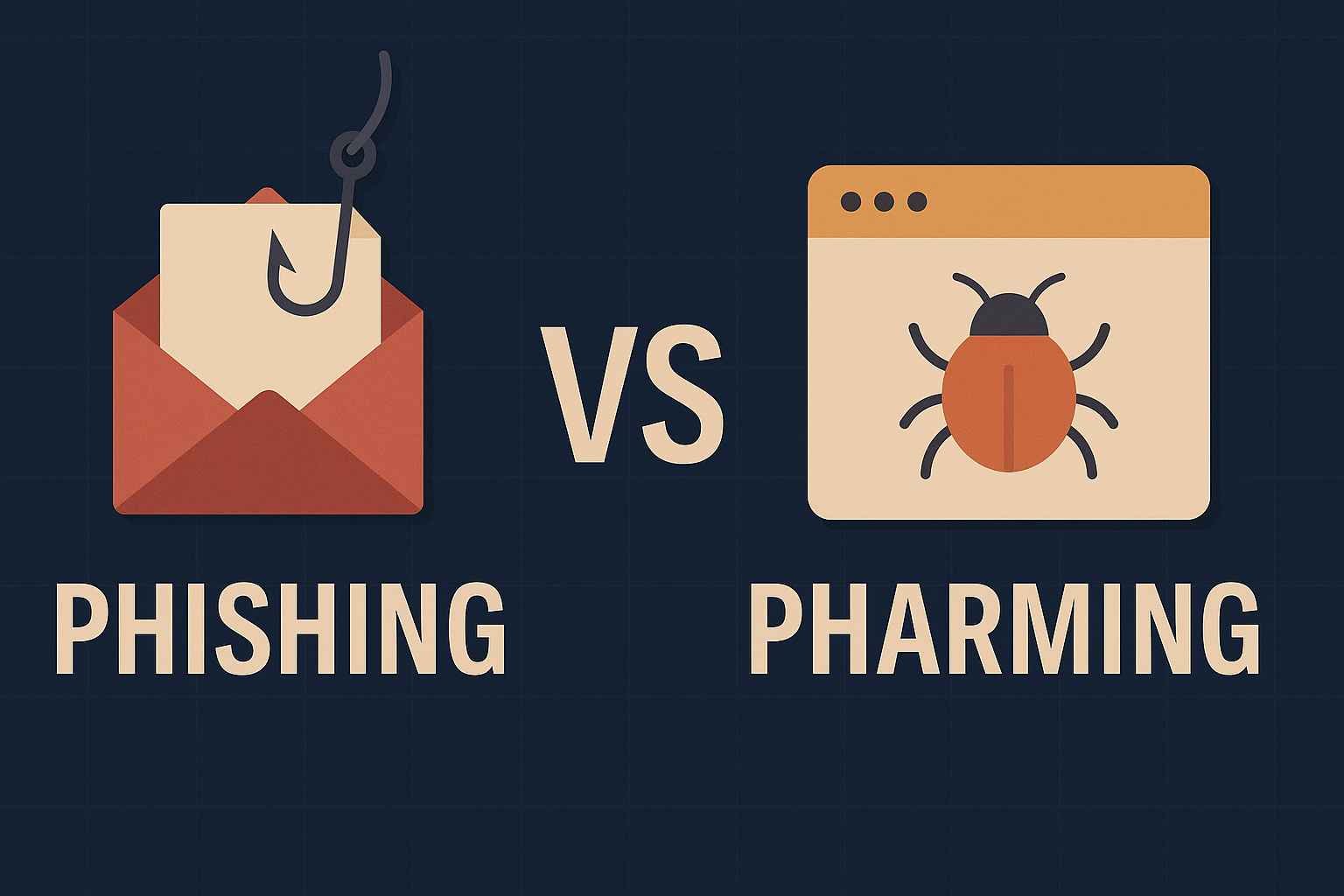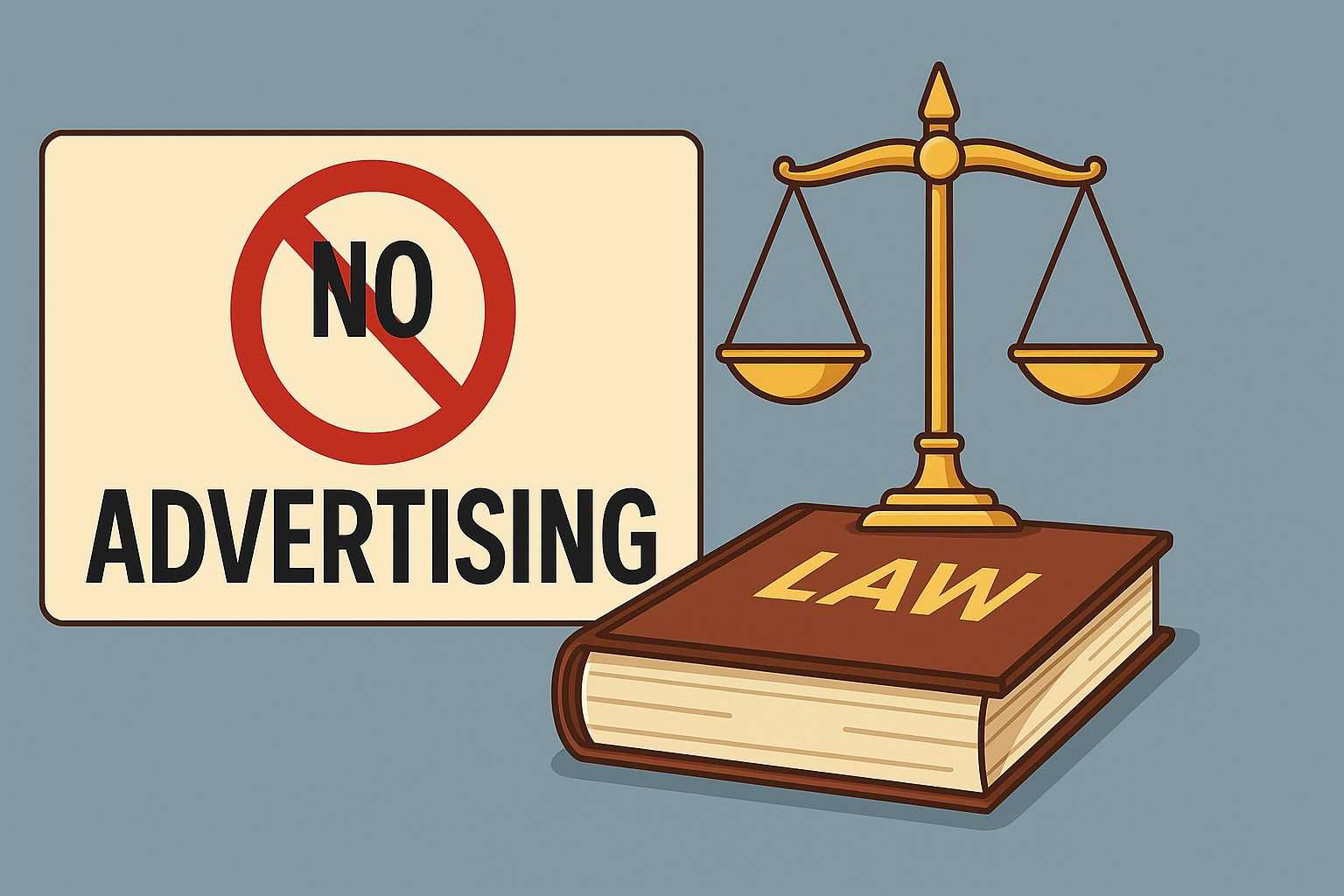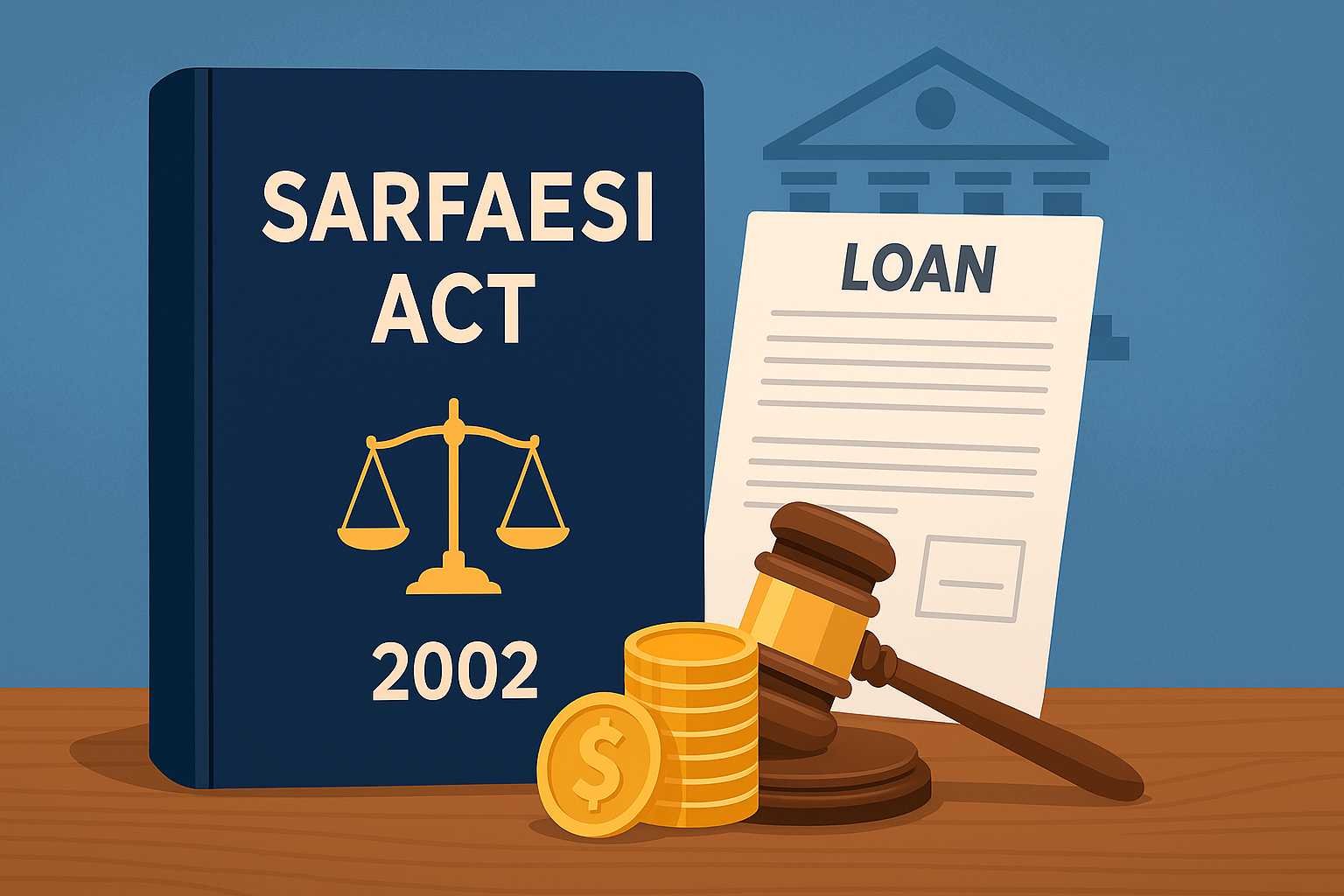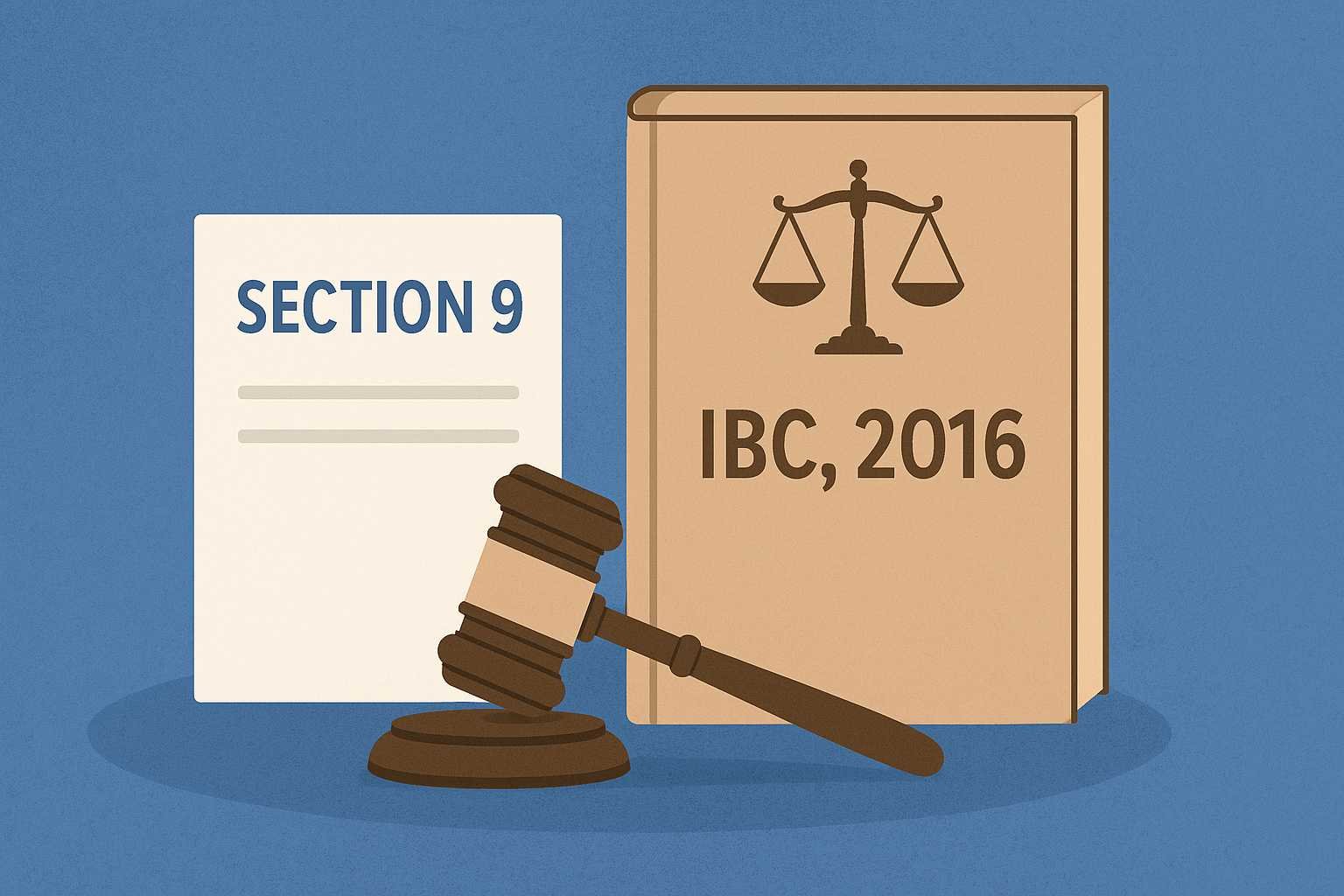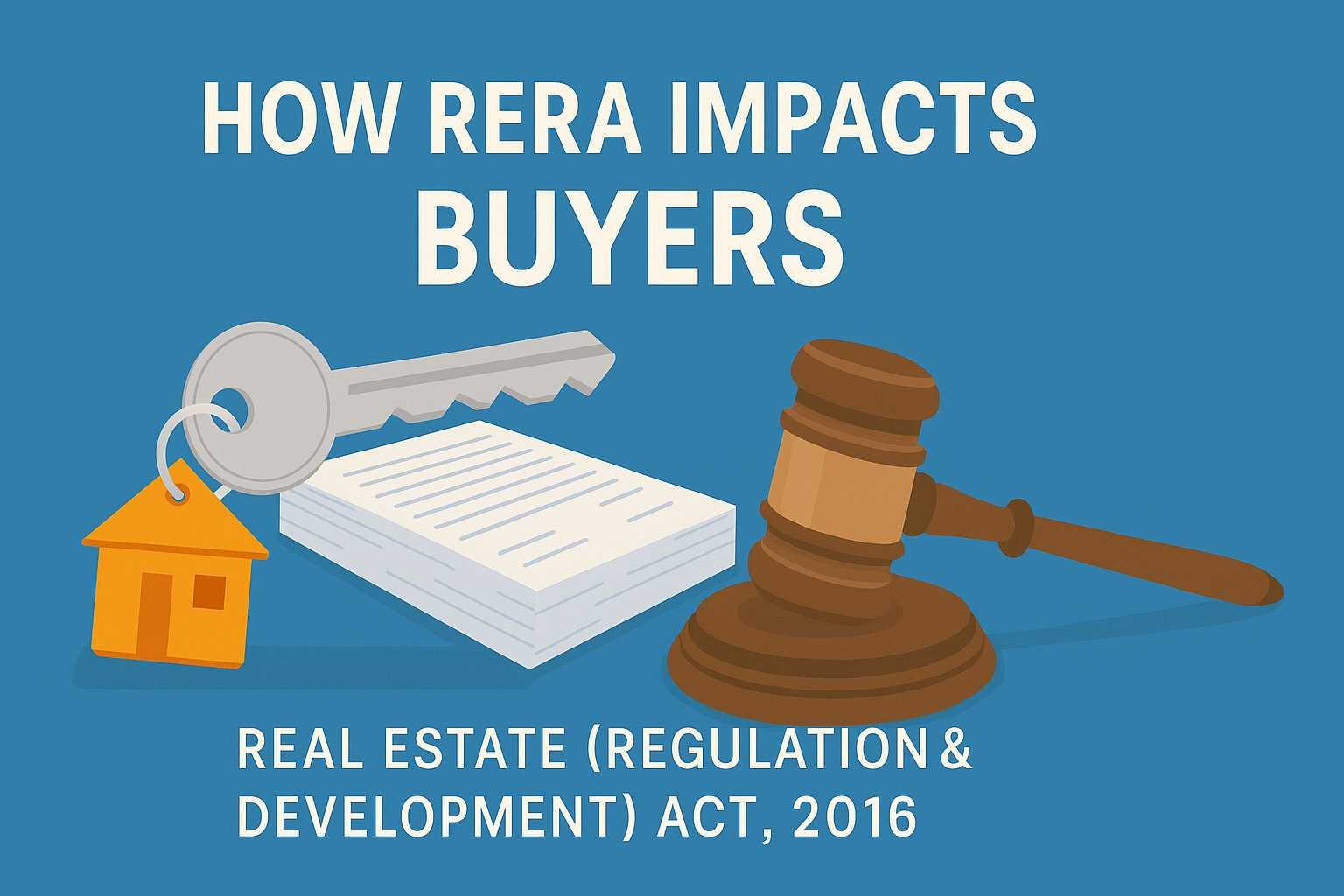On this page you will read detailed information about Domain Name Protection and Trademark Rights.
Your domain name is more than a web address—it’s your storefront sign, your calling card, and often the first place customers decide whether to trust you. Because domains function like brand identifiers, they overlap heavily with trademark law. That overlap is where smart companies win (or lose) the battle against impersonation, phishing, and cybersquatting.
Below is a practical, up-to-date guide on how domain protection actually works today—and how to use trademark rights to keep your brand safe.
1) Domain names vs. trademarks—how they connect
- Domain name: the memorable address people type (e.g.,
brand.com,brand.in). - Trademark: a protected sign (word, logo, tagline) that identifies your goods/services and distinguishes you from competitors.
A domain can function like a trademark when it signals source to consumers. That’s why someone registering a confusingly similar domain (e.g., brànd.com with an accent, or brand-support.com) can be more than annoying—it can be infringement or passing off.
2) The main dispute paths in 2025
A) UDRP (Uniform Domain-Name Dispute-Resolution Policy)
- For most generic TLDs (like .com, .org, .online, many new gTLDs).
- You (the complainant) must prove:
- The domain is identical/confusingly similar to your mark;
- The registrant has no rights or legitimate interests in it; and
- It was registered and is being used in bad faith (e.g., resale, impersonation, phishing, pay-per-click off your fame).
- Remedy: transfer or cancellation of the domain (no damages).
- Speed: typically weeks to a few months; entirely online; relatively cost-effective.
B) INDRP (for “.in” and “.भारत”)
- India’s .IN Domain Name Dispute Resolution Policy works similarly to UDRP.
- Targets identical/confusingly similar registrations with bad-faith intent.
- Remedy: usually transfer of the “.in” domain to the brand owner.
C) Court actions (India & other jurisdictions)
- Use Trade Marks Act, 1999 (infringement + passing off), plus interim injunctions to freeze use.
- You can also add anti-phishing/impersonation claims, and seek damages—something UDRP/INDRP don’t provide.
- Courts are useful when you need broader relief (e.g., orders against multiple domains, social handles, ads, or sellers).
3) What’s current in domain enforcement
- WHOIS privacy is the default: After global privacy changes, registrant data is often hidden. You’ll use RDAP, registrar requests, or panel procedures (UDRP/INDRP) to uncover details. Don’t be shocked if you can’t “look up the owner” instantly—this is normal now.
- Internationalized domains & look-alikes: Homograph attacks (e.g., swapping Latin and Cyrillic letters) are common. Panels focus on how users perceive the string, not just the exact letters.
- New gTLDs keep growing**:** beyond .com, you’ll see
.shop,.app,.store,.techand brand-new verticals. Squatters follow traffic—monitor beyond .com/.in. - Web3/blockchain domains (e.g.,
.eth,.sol) are outside ICANN, so UDRP doesn’t apply. Enforcement relies on trademark law, platform/marketplace takedowns, and negotiated recovery. - Marketplace & ad impersonation: In practice, you’ll also file brand reports on search ads, social platforms, and e-commerce to cut off traffic to imposter domains.
4) How to prevent problems (the modern playbook)
- Clearance first
- Before you brand, run trademark searches and domain availability checks together. Don’t choose a name you can’t own online.
- Register the core set
- Secure
brand.com,brand.in, and logical variants (brand.co,brand.net, sometimes your industry gTLD like.techor.store). - Register obvious typos (
brnad.com), support and careers sub-brands if they’re likely impersonation targets.
- Secure
- Leverage TMCH for new gTLDs
- The Trademark Clearinghouse helps when new TLDs launch: you get Sunrise priority to register matching domains and Claims alerts if others try.
- Lock and secure
- Use Registry Lock for business-critical domains (protects against hijacks).
- Turn on 2FA at registrar, restrict account access, and use DNSSEC where available.
- Monitor continuously
- Use a domain watch (or brand-protection service) to flag new registrations that look like you (including IDNs and homographs).
- Add phishing brand monitoring to catch sites misusing your logo or trade dress.
- Create a takedown kit
- Keep trademark certificates, proof of use, screenshots, historical captures, and evidence of confusion ready.
- Have standard letters for registrars/hosts/CDNs and templates for UDRP/INDRP.
5) When a bad domain appears: your step-by-step
Step 1: Capture evidence
Screenshots of the website, headers of phishing emails, transaction pages, WHOIS/RDAP data, and ads that drive traffic. Preserve dates (timestamped archives help).
Step 2: Triage the threat
- Phishing or malware? Prioritize fast takedown (host/registrar/abuse desk) and report to relevant CERTs/ISPs.
- PPC/parking using your mark? Consider a UDRP/INDRP—panels typically transfer on clear bad faith.
- Resale/extortion? Evidence of “sell to brand owner” requests strengthens bad-faith claims.
Step 3: Choose the forum
- UDRP/INDRP for quick transfer when you have a registered (or strong common-law) mark and clear bad faith.
- Court when you need damages, multi-domain orders, or injunctions against broader impersonation.
Step 4: File, follow through, and redirect
- After transfer, set up redirects to your official site to recapture traffic and signal authenticity to users.
6) Trademark must-knows (so your case is strong)
- Distinctiveness wins: Descriptive names are hard to enforce (e.g.,
GreatShoes). Invented or suggestive marks (e.g.,Zappix) are stronger. - Register it: In India, trade mark registration (word + logo) under the Trade Marks Act, 1999 gives cleaner enforcement. File in relevant classes and renew on time.
- Use it consistently: Use the mark properly on your site, packaging, and social channels. Keep dated evidence of use—panels and courts love clean proof.
- Watch for coexistence traps: Don’t sign coexistence deals that undermine your right to act against confusing domain uses.
7) Special cases you’ll see in 2025
- Support/HR scams: Domains like
brand-care.comorbrand-jobs.inmimic help desks or recruitment. Panels see through this quickly—document the phishing flow. - International dropshipping knock-offs: Stores run on similar domains with your imagery. Use combined strategy: UDRP/INDRP + platform IP reports + payment processor notices.
- Influencer/affiliate misuse: Partners buying look-alike domains to siphon commissions. Fix via contracts (domain terms), and reclaim when confusing.
In the previous post, we had shared information about What Is a Legal Notice? Meaning, Process & Examples, so read that post also.
8) Common mistakes to avoid
- Waiting: Delay gives squatters time to build “legitimate use” arguments. Move fast.
- Relying only on takedowns: Hosts change quickly. Secure a transfer via UDRP/INDRP when possible.
- Ignoring country TLDs: If India is a key market, secure
.inand Hindi.भारत variants; do the same for other priority countries. - Under-resourcing renewal: Lost domains due to missed renewals are a gift to hijackers. Use auto-renew and backup payment methods.
9) A lightweight action checklist
- Clear the name (TM + domain) before launch
- Register the core + obvious variants
- File trademarks (word + logo) in key classes/markets
- Enable registrar security (2FA, lock, DNSSEC)
- Set up monitoring (domains, ads, phishing)
- Keep an evidence folder ready
- Pre-draft UDRP/INDRP and takedown templates
- Educate customer support to spot imposter sites fast
Bottom line
In today’s internet, domain strategy is brand strategy. Trademarks give you the legal backbone; UDRP/INDRP and court actions are your tools; security and monitoring keep you ahead of attackers. If you register early, protect smartly, and act quickly, you’ll prevent most domain problems—and win the ones that get through.
Disclaimer
The information and services on this website are not intended to and shall not be used as legal advice. You should consult a Legal Professional for any legal or solicited advice. While we have good faith and our own independent research to every information listed on the website and do our best to ensure that the data provided is accurate. However, we do not guarantee the information provided is accurate and make no representation or warranty of any kind, express or implied, regarding the accuracy, adequacy, validity, reliability, availability, or completeness of any information on the Site. UNDER NO CIRCUMSTANCES SHALL WE HAVE ANY LIABILITY TO YOU FOR ANY LOSS OR DAMAGE OF ANY KIND INCURRED AS A RESULT OR RELIANCE ON ANY INFORMATION PROVIDED ON THE SITE. YOUR USE OF THE SITE AND YOUR RELIANCE ON ANY INFORMATION ON THE SITE IS SOLELY AT YOUR OWN RISK. Comments on this website are the sole responsibility of their writers so the accuracy, completeness, veracity, honesty, factuality and politeness of comments are not guaranteed.
So friends, today we talked about Domain Name Protection and Trademark Rights, hope you liked our post.
If you liked the information about Domain Name Protection and Trademark Rights, then definitely share this article with your friends.
Knowing about laws can make you feel super smart ! If you find value in the content you may consider joining our not for profit Legal Community ! You can ask unlimited questions on WhatsApp and get answers. You can DM or send your name & number to 8208309918 on WhatsApp

